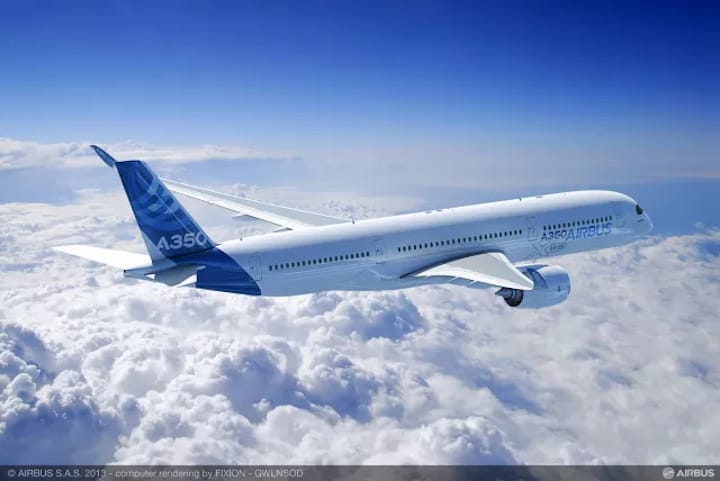
Airbus is on a mission to 3D print as much of an aircraft as possible and it’s pulling in a number of aerospace manufacturers and additive manufacturing (AM) companies into its massive project.
Among them is Arconic (formerly Alcoa Inc.), which recently pulled off a first in 3D printing for aerospace when a 3D-printed titanium bracket was installed on the airframe of an Airbus A350 XWB commercial plane.
Unlike other metal and plastic 3D-printed parts flying on test planes, such as the Airbus A320 neo and A350 XWB test aircraft, this is the first to be installed on a series production Airbus commercial aircraft.
To learn more about the project and Arconic’s overall history in AM for aerospace, ENGINEERING.com spoke with Don Larsen, Arconic Vice President of R&D and General Manager of Advanced.
3D Printing Airframe Parts
Right now, we’re in the early stages of adopting AM to produce end parts for use in aircraft. Numerous companies are making their marks, manufacturing engine components and pieces for inside the airplane cabin. Perhaps most famous in this regard is GE, which is 3D printing fuel nozzles for its LEAP engine.
During these early stages, we’re seeing a lot of step-by-step work being done in which businesses perform a battery of tests on a given 3D-printed part before it is installed on a test aircraft. The Arconic news is particularly interesting in that the part has been installed on the actual airframe of the A350 XWB. Given the structural nature of airframes, this may be a significant step toward producing structurally critical components for aircraft.
“What’s significant about making this component with 3D printing is the fact that it proves we can pass all of the qualification tollgates necessary to get a part on an airframe. For example, you have to pass many mechanical property tests, physical tests and chemical tests to make sure that you can make a repeatable part,” Larsen said. “Basically, the installation of this part on a series production aircraft paves the way so that Airbus can design other classes of 3D-printed parts, including structural and flight critical components.”
The bracket was printed on a laser powder bed fusion system for a few different reasons, Larsen said. Of prime importance was the buy-to-fly ratio made possible with the part. Titanium is an expensive metal. When a part is machined from a titanium block, for instance, there is a lot of wasted material. With AM, only a little more than the material needed goes into the manufacturing process.
“The part we’re replacing was machined from a titanium block, so you’re looking at buy-to-fly ratios of five to one or 10 to one,” Larsen said. “Whereas you’re looking at maybe 1.2 or 1.5 to 1 when you make it via AM.”
On top of that, using the laser powder bed fusion system, makes it possible to produce multiple parts very quickly. This will allow Arconic to produce batches of brackets for the A350 XWB. Under two additional agreements, the company will produce other titanium and nickel 3D printed parts for the A320 as well.
The bracket differs from previous metal 3D-printed parts installed on test planes in terms of use and composition. Not only is the bracket on the airframe and not within the engine, as is the case with the fuel nozzle from GE, the bracket also is made from titanium, a difficult metal to work with, according to Larsen.
“Frankly, it’s a little tougher to print a titanium part than it is cobalt and nickel parts. The material is much more sensitive to the atmosphere it’s printed in and the parameters you print it with,” Larsen said.
As we’ve heard from other industrial AM users, such as Aerojet Rocketdyne, Arconic couldn’t simply take a stock 3D printer and begin producing parts. Instead, there was significant tweaking to the machine and its parameters—such as laser power and the laser scan pattern—to ensure the proper quality and repeatability for the bracket and other components being made by the company.
“You can feed a perfect model into a 3D printer and when it’s done printing what comes out of the other side isn’t a perfect model dimensionally. As you print these parts, there are slight movements that occur that can cause issues with the dimensions,” Larsen said. “We do a lot of modeling and testing of prototype parts before we go into production and we understand how to manipulate the CAD file so that we can actually print a part that when fully processed meets our customer’s specifications.”
Read more at ENGINEERING.com

